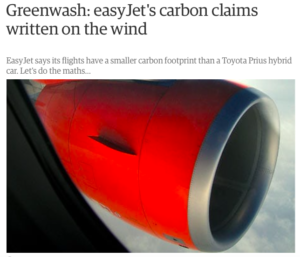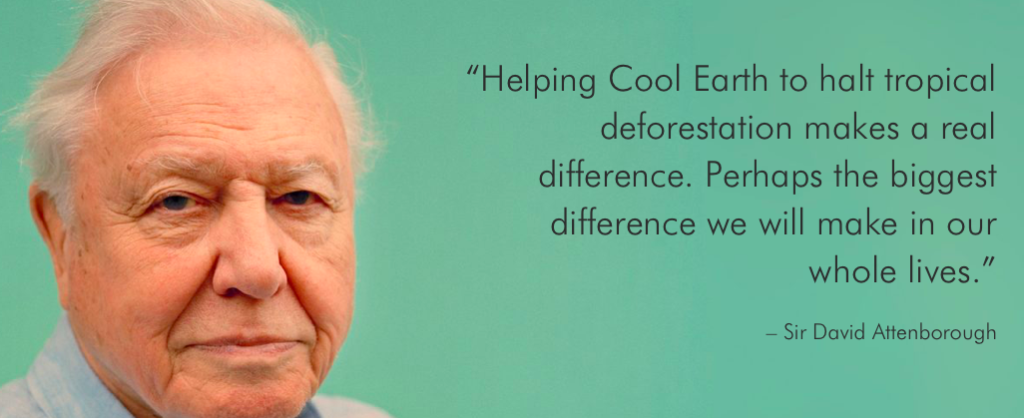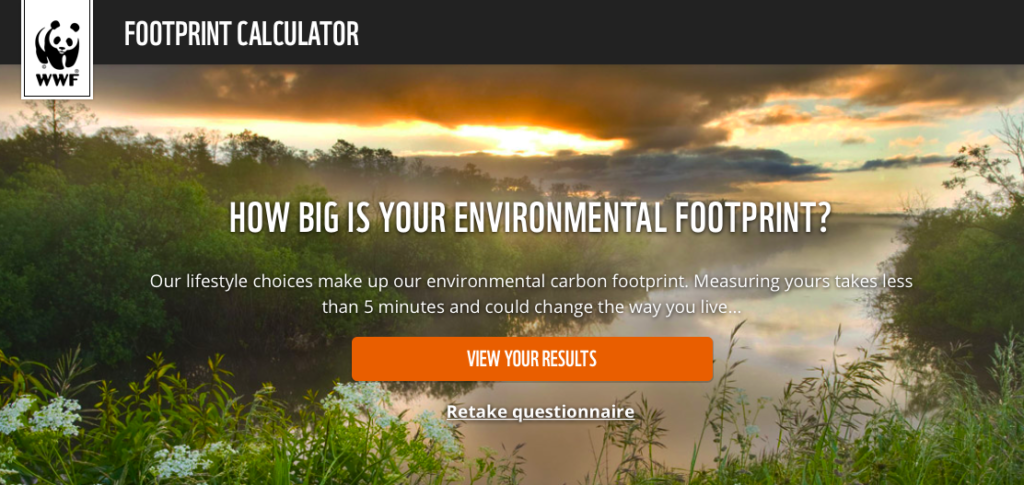Is carbon offsetting a waste of time and money?
My short, pragmatic research into carbon offsetting. A three part swift read on whether it’s worth bothering to carbon offset your life, your business impact, or not.
Carbon offsetting: too complex, too expensive, too murky!?
Part 1: Is offsetting really a useful focus?
I had planned for my first blog to be a more impressive fanfare about the great work happening in Ethical Leadership internationally and my small contribution to this space. But we’re going down a much more pragmatic route with this first post.
I’ve been looking at how I lead a more ethically honest and positively impactful life for a number of years – a life that is close to my personal values, in line with my driving purpose, and is positive, or at least not negative, for the wider world.





This basically falls into three categories for me:
- Firstly giving away a percentage of my income to objectively measured effective charities;
- Secondly not working for companies that clash with my values, either in what they do or how they do it;
- And lastly trying to be environmentally aware and proactive.
It’s this last one that has been giving me the yips in the last few years: stories of greenwashing, of carbon schemes where farmers in the developing world are paid not to cut down forest that they had no intention of cutting down, schemes where the same acre of rainforest is offset 100 times for 100 different donations etc.
Check out these headlines……


-
Greenwash: easyJet’s carbon claims written on the wind
-
Carbon offsets can do more environmental harm than good
-
The new greenwash? Potential marketing problems with carbon offsets
-
Carbon neutral guidance is ‘greenwash’
…all from reliable sources, not just sensationalist clickbait. To be honest I gave up on trying to understand the nuances and haven’t offset my carbon impact for a couple of years.
But I am a man of action! So no more sitting on the bench whining that the rules are too complicated, the tables are stacked and it’s just too hard. Time to get in the game and do my best to sort out the wheat from the chaff, mix metaphors and make a call on carbon offsetting.
Here is what my early-stage digging has discovered. I hope some of this is insightful, entertaining and ultimately useful if you’re in the same boat as me.
Equally, if you don’t offset or you don’t consider the ethical stance you take on reducing human impact and human suffering, then grab a cuppa, take 5 minutes and consider doing a little more …by just clicking a few buttons and giving up some pocket change.

Part 2: Three routes to success
The One that Set the High Watermark:
Gold Standard. https://www.goldstandard.org
![]()
The Gold Standard is an independent standard and certification body created by WWF & other NGOs in line with the UN Global Goals. They are a global certification body, every project that they verify must have independent evidence of protecting the climate, but contribute to at least three of the UN Sustainable Development Goals (SDGs).
The Gold Standard lists projects  that they have certified, each project has an overview of what the work is focused on and a cost per tonne of the work that they do.
that they have certified, each project has an overview of what the work is focused on and a cost per tonne of the work that they do.
Additionally the news and information offered through Gold Standard is both useful and interesting. You can read about new developments and projects, Gold Standard offer policy and research documents, get advice on reducing your impact and where you can have the biggest bang for your buck, discover the average annual emissions in your country as monitored through the World Bank, which includes a funky interactive graph to see how emissions in your country have changed over a time period of your choice, against GDP and other measures. Look at the UK one, it may surprise you, like it did me!
Additionally Gold Standard recommend two carbon calculators, the WWF Calculator which gives a good ball park estimate, and the Carbon Footprint Calculator if you want to get much more detailed. You could easily use these calculators or the Climate Care Calculator (below) to calculate the amount of CO2 that you wish to offset, but then pick your scheme from the Gold Standard projects.
The One that’s the Easy Option:
Climate Care Calculator. https://climatecare.org/calculator/

This is the simplest process I have found. A very simple online calculator that allows you to calculate the tonnes of CO2 produced from various activities (flights, driving, energy usage, businesses and events) and offset that CO2 through various projects.
Climate Care is a B Corp one of the highest standards for social and environmental focus in business. Most of Climate Care’s projects are low carbon interventions or renewable energy projects in developing countries.

Climate Care also show transparency on how their calculations work and what the independent (UN) guidelines are for evidenced offset projects. Climate Care use the Markit System which is set up to be an independent carbon offset market, once one tonne of CO2 offset is bought by someone to offset their impact, that tonne is retired and cannot be used again to offset anyone else’s impact.
The One with the Bona Fides:
Cool Earth https://www.coolearth.org

Cool Earth is an independently certified NGO that focuses specifically on rainforest health, protection and maintenance to reduce carbon impact. Sir David Attenborough supports them so I could kind of stop writing here …if Davey A gives it the thumbs up then we’re all on board, right?

The Giving What We Can research, linked above, is really robust and Cool Earth appear to be a verifiably effective organisation. I contacted Cool Earth to get more information on the cost per CO2 tonne of supporting them and had a really interesting reply
“Per acre of rainforest, we work with a conservative average of 260 tonnes of CO2 stored across our partnerships, and it costs us just £60 to protect one acre.
Because of the low cost associated with offsetting carbon with Cool Earth we don’t promote 1-1 offsetting. Instead, we use a minimum ratio of five tonnes of emissions prevented for every one tonne emitted; more info here.”

This throws up an interesting, if somewhat confusing, calculation that 1 tonne of CO2 offset with Cool Earth costs 23p! (£60 / 260 tonnes = 0.23). Even using their 5:1 ratio that’s still only £1.15 per tonne.
Rather than try to offset my carbon impact with Cool Earth, I may just donate above the 5:1 ratio to them because of the good work they do and the robust evidence behind it.

Part 3: What Do I Do Now?
My Calculations:
Using the WWF calculator I use 11.5 tonnes of CO2 a year: better than the national average, more than I should be for the 2020 UK Government targets and more than double the 5 tonnes that the average global citizen uses per year.
For me, I know that travel is the big hitter. When in my home city we rarely use the car, I travel by bike or train where I can and our 100% green energy tariff, local season food and recycling and energy saving at home are all good. But one or two international flights throw that good work under the hydrogen powered bus. Without flights I am down to 8.5 tonnes, without travel I am down to 6.6 tonnes. The car journey impact is a pretty blunt calculation on the WWF measure, the Carbon Footprint and Climate Care ones are much better.

So my declaration is to offset 6.6 tonnes annually as a matter of course, offset my flights when I take them and at the end of the year use my mileage calculations from the MOT to offset my car journeys too. If I combine this with the energy saving techniques at home, 100% green energy tariffs and local, mostly meat free diet, I feel I am, at least, doing close to zero carbon harm annually.
To get to the nub of the issue- offsetting 6.6 tonnes annually would cost me £50 with Climate Care, roughly £75 with Gold Standard, depending on which project I choose (the actual range with Gold Standard is £60 -£87). The full 11.5 tonnes would set me back roughly £90-£125 annually. That’s absolutely nothing to be carbon neutral, right!
Using the Cool Earth calculations above I could offset my carbon emissions, my wife’s and my baby boy’s for 2 years by supporting the protection of 1 acre of rainforest at £60. That seems far too small a cost to me but it shows how easy and low cost it could be.
So that’s me decided then. I’ll do what I can to reduce carbon output, I’ll use verifiable projects from Gold Standard and Cool Earth to offset my impact (currently 8.5 tonnes CO2 annually) and I will additionally offset my flights. In fact I have started adding the offset cost of business flights to my client invoices and highlighting it to them. I’ll be carbon neutral for about £10 a month.
Will you?

Additional:
I also give 4% of my income to verifiably effective NGOs to reduce human suffering, as part of the Effective Altruism, Give Well, Giving What We Can movement. No time to mention those here, something for the future I think. Just worth mentioning to see if you could be persuaded to do either: live carbon neutral/carbon positive or give away a set % of income objectively ….or both.

2 Comments so far
Clint KyksaPosted on4:37 pm - May 11, 2019
Thanks for the side-by-side comparison – this way it’s possible to give these out as Christmas presents!
FlynnePosted on5:02 pm - Jan 29, 2020
Rich! Your blog post came up as I was doing some research today for where my work Green Team should try to encourage the leadership to start doing their bit more when it comes to offsetting! Very helpful – thank you 🙂



About the author